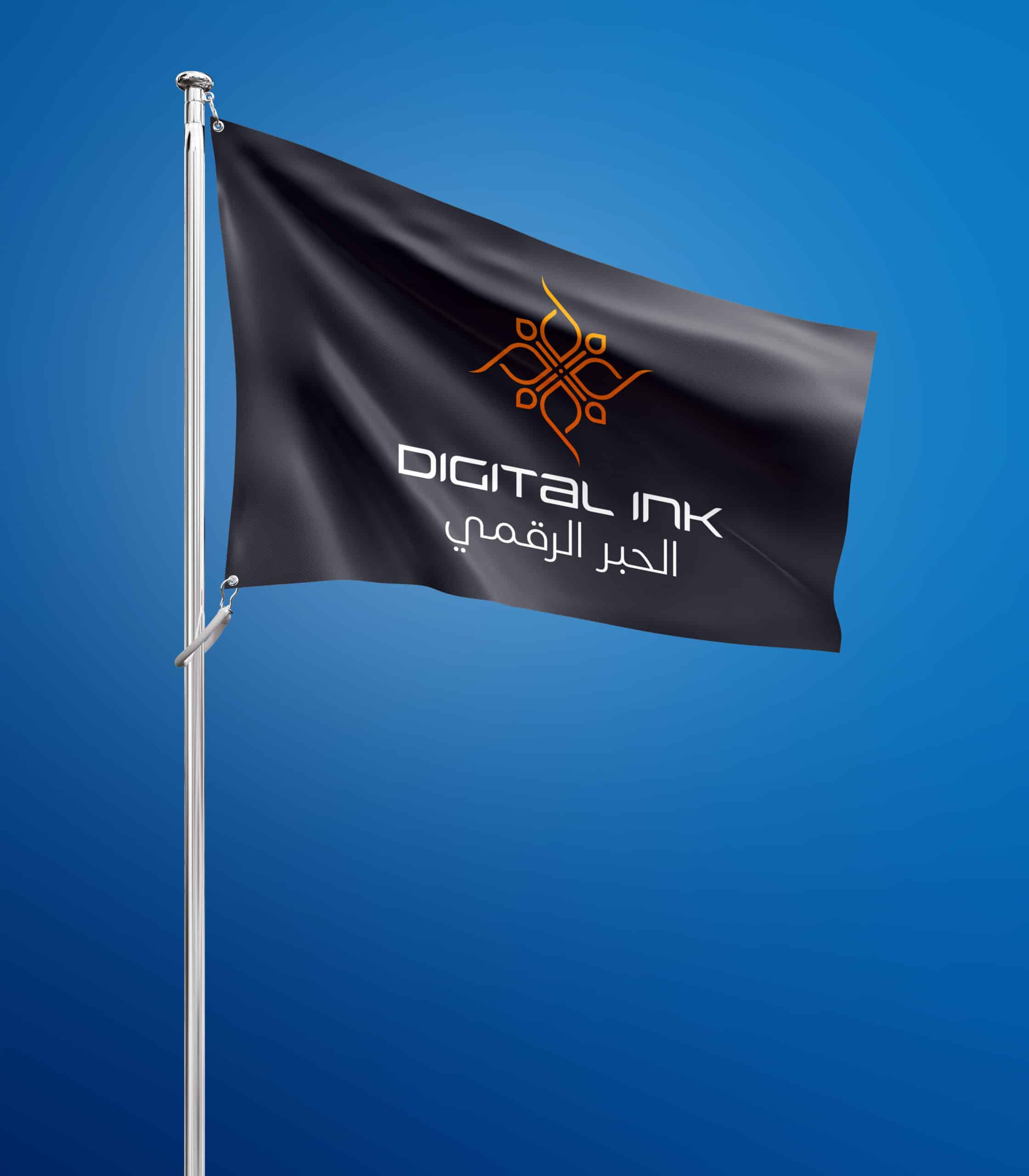Expanding the Conversation: Software, AI, and Wellness with Chris Minn At this year’s PRINTING United Expo, Eye on Display’s Jack Gocher caught up with Chris...

At Digital Ink, we approach every AI and development project with a rigorous, collaborative framework to turn real business problems into innovative, scalable solutions. Powering this process is our Smart Elephant team, a group of strategists, developers, and data scientists who specialise in unpacking complexity and delivering high-impact, intelligent systems. Whether it’s lead generation, software development, AI/ML, or data analytics, we start by clearly defining the core problem and understanding why it matters to your business. From there, we gather full background context on your industry, workflow, current limitations, and the stakes involved to shape a focused project goal, whether automating a process or building a system that drives tangible value.
We dig into key success metrics like time saved, revenue growth, or improved accuracy, and evaluate the potential ROI to ensure the solution justifies the investment.
Clients are encouraged to share user stories, target requirements, and a vision for the final deliverable, from specific data needs to open-source preferences, which we use to scope the project, create a transparent timeline, and define pricing. Every project kicks off with a collaborative planning session, followed by signed-off scopes and contracts, so everyone’s aligned before the real magic begins.
We scope, plan, and deliver every project with precision, guided by a proven framework that ensures clarity, value, and results at every stage. Here’s how we do it, and what we look for.
